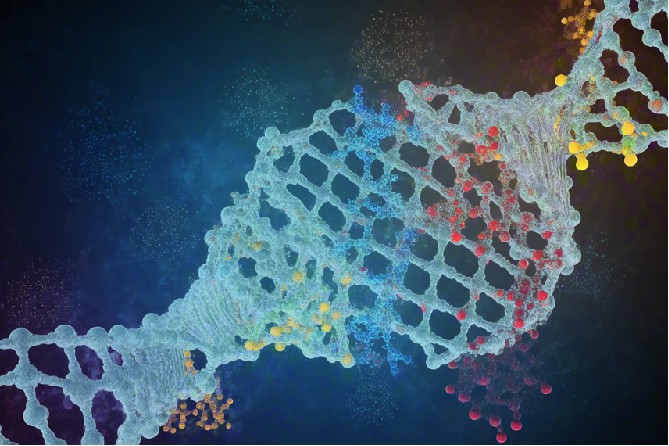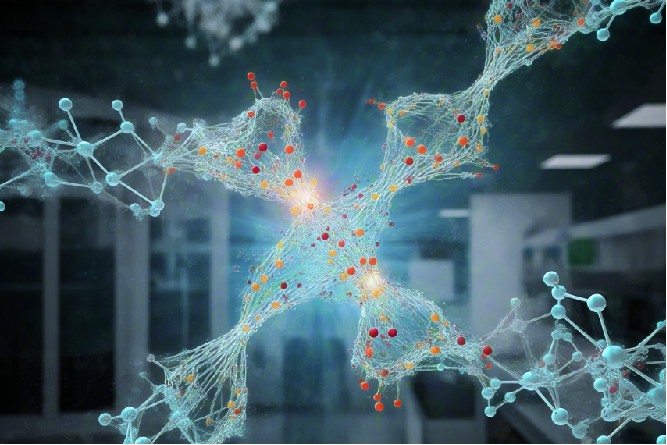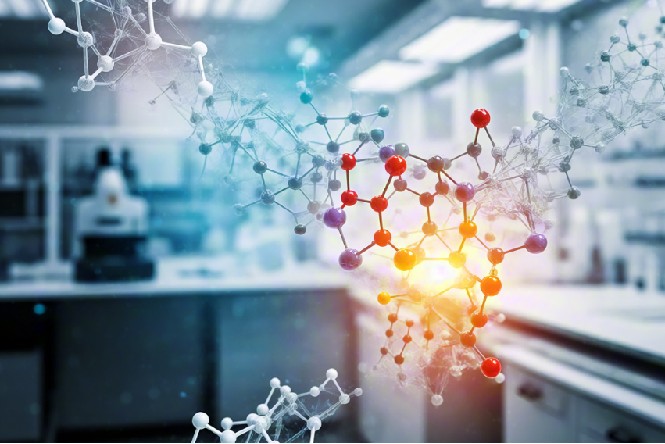3D Structure-based Statistical Analysis of Glycosylation Site
Deciphering Glycosylation Patterns Through 3D Structural Analysis
Information such as the distribution pattern of glycosylation sites in protein structure and the association between glycosylation sites and functional regions can well reflect the influence of glycosylation in protein function, stability, and interaction. CD BioGlyco has extensive experience in providing a wide range of Glycoinformatics-assisted Analysis/Prediction Services, including the
Glycoinformatics-assisted Structure Modeling Service,
Structural and Functional Prediction Service, and
Glycosylation Site Statistical Analysis Service. Combining experimental data and bioinformatics tools, we provide you with glycosylation site statistical analysis based on 3D structure and
Sequence information. The details of our 3D structure-based statistical analysis of the glycosylation site are as follows.
3D structural data acquisition and glycosylation site information collection
Firstly, our experts collect and obtain the required protein 3D structural data and related glycosylation site information in a variety of ways. This includes obtaining existing structural data from publicly available databases as well as using experimental means for new data acquisition.
Validation and optimization in protein structural preprocessing
Subsequently, in addition to removing water molecules and ions, a series of rigorous validation steps are carried out during the structural preprocessing of proteins, such as checking the accuracy of the original data, repairing possible errors or missing parts, and optimizing the structural model using advanced computational methods to ensure that the final protein structure is obtained with completeness and accuracy.
Predicting glycosylation sites with bioinformatics tools
Following that, we utilize bioinformatics tools to predict and analyze glycosylation sites on proteins by analyzing specific patterns and features in the amino acid sequence. These tools assess the likelihood and potential location of glycosylation sites.
Statistical evaluation of protein glycosylation
Finally, we use the 3D structural information of proteins and identified glycosylation sites to perform statistical analysis, structural analysis, and regularity discovery, and provide you with a detailed report. Data are presented as mean ± standard deviation and p-values less than 0.05 are considered significant.

Publication
Technology: Cellular extraction and liquid chromatography-mass spectrometry (LC-MS/MS) analysis
Journal: PLoS One
IF: 2.9
Published: 2020
Results: This article focuses on the N-glycosylated proteome of breast cancer cells cultured in two and three dimensions, as well as xenograft tumors, with in-depth characterization and comparison. The researchers used a one-way analysis of variance (ANOVA) to statistically compare intact N-glycosylated peptides, N-glycosyl composition, and N-glycosylated proteins and glycosylation sites in 2D-cultured breast cancer cells, 3D-cultured breast cancer cells, and mouse transplantation tumors. Specifically, two-dimensionally cultured cells had more unique peptides and unique N-glycosylated proteins in the N-glycosylated proteome, whereas N-glycosylated proteins in 3D cultured cells and transplanted tumor tissues exhibited different glycosylation compositions. This suggests that the 3D structure of cells can influence the expression pattern of N-glycosylated proteins.
 Fig.1 Comprehensive analysis of variably expressed N-glycoproteins discovered in breast cancer cell cultures grown in different cells. (Mao, et al., 2020)
Fig.1 Comprehensive analysis of variably expressed N-glycoproteins discovered in breast cancer cell cultures grown in different cells. (Mao, et al., 2020)
Applications
- Glycosylation plays a key role in tumor development, therefore 3D structure-based statistical analysis of glycosylation site is used by researchers to study the glycosylation characteristics of cancer cells, thus providing a basis for tumor research.
- 3D structure-based statistical analysis of glycosylation sites is used in molecular biology studies to gain a deeper understanding of protein functions and interactions.
- The statistical analysis of glycosylation sites is used in biomedical research and drug design.
Advantages
- Our techniques efficiently identify and analyze glycosylation sites in proteins and can process large amounts of data simultaneously, increasing the efficiency of research.
- We combine bioinformatics and structural biology approaches to help you better understand protein glycosylation modifications and the link between protein structure and function.
- We utilize 3D structural data to enhance the precision and dependability of forecasted glycosylation sites.
Frequently Asked Questions
- How does this method differ from traditional glycosylation analysis?
- 3D structure-based analysis methods utilize the 3D structural information of proteins or complexes to directly observe the interactions between sugar molecules and amino acid residues at the spatial level. Whereas, traditional methods may focus more on information such as amino acid sequences and mass spectrometry analysis.
- How are the results interpreted and applied in research?
- In research, the results of 3D structure-based statistical analysis of glycosylation sites can be used to mine the role of glycosylation in protein function and structure. This helps to gain a deeper understanding of the role of glycosylation in biological processes such as cell signaling, protein stability, and immune response and provides a reference for the design of novel drugs.
CD BioGlyco provides professional 3D structure-based statistical analysis of glycosylation sites to our clients. We seek to help researchers better understand the functions of proteins and their mechanisms of action in disease development, providing important references for relevant drug design. For further details, please feel free to contact us.
Reference
- Mao, Y.; et al. In-depth characterization and comparison of the N-glycosylated proteome of two-dimensional and three-dimensional-cultured breast cancer cells and xenografted tumors. PLoS One. 2020, 15(12): e0243789.
For research use only. Not intended for any diagnostic use.
Quick Links
Related Services



 Fig.1 Comprehensive analysis of variably expressed N-glycoproteins discovered in breast cancer cell cultures grown in different cells. (Mao, et al., 2020)
Fig.1 Comprehensive analysis of variably expressed N-glycoproteins discovered in breast cancer cell cultures grown in different cells. (Mao, et al., 2020)


